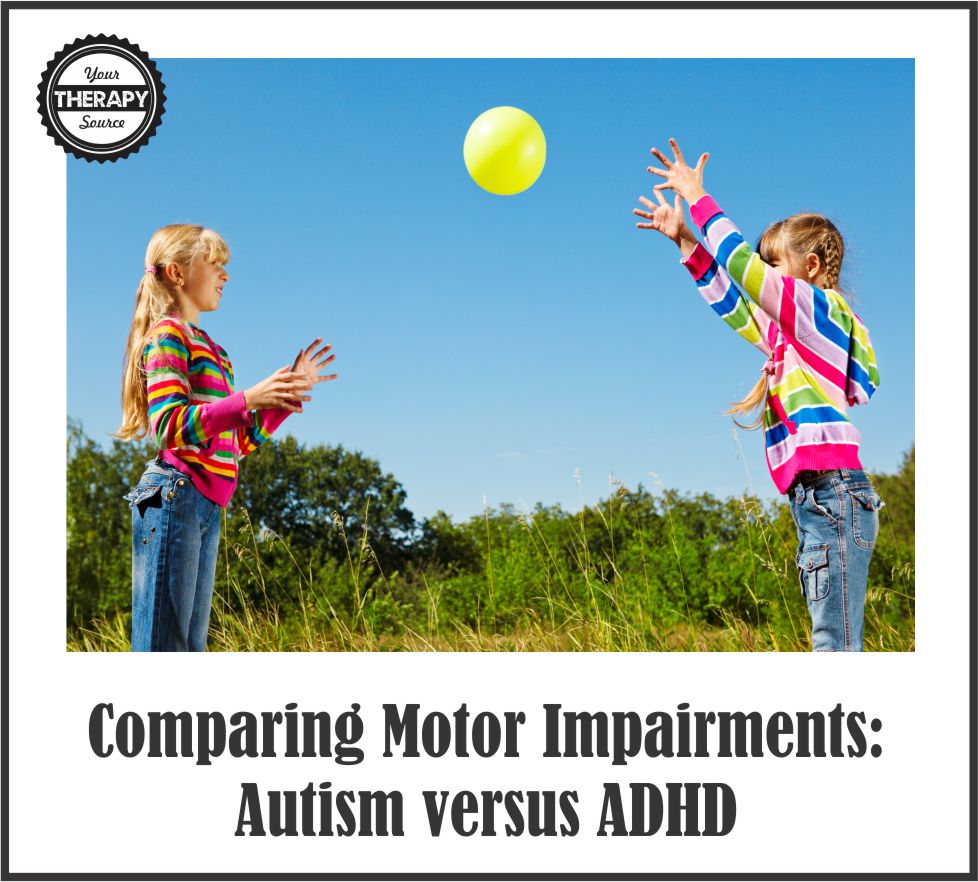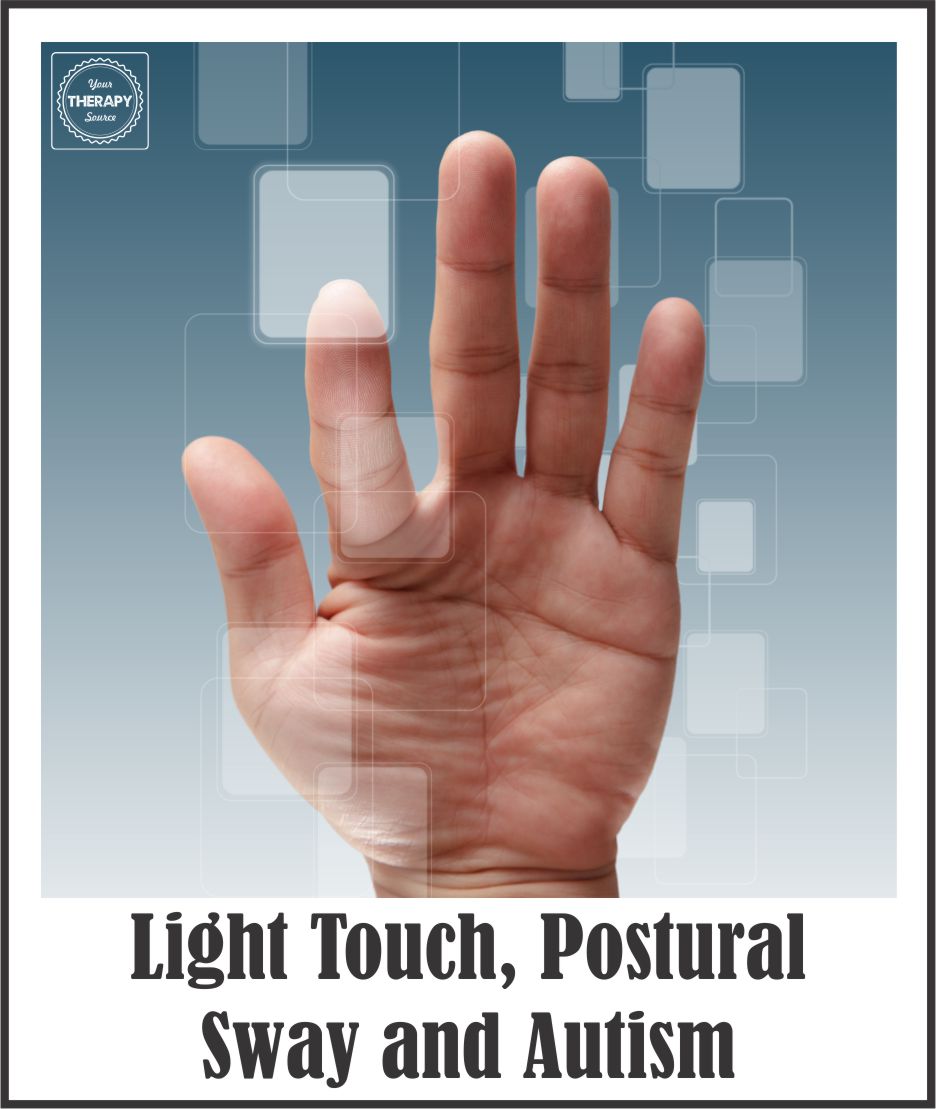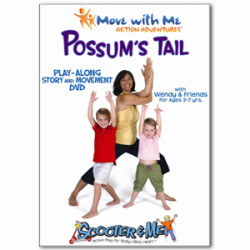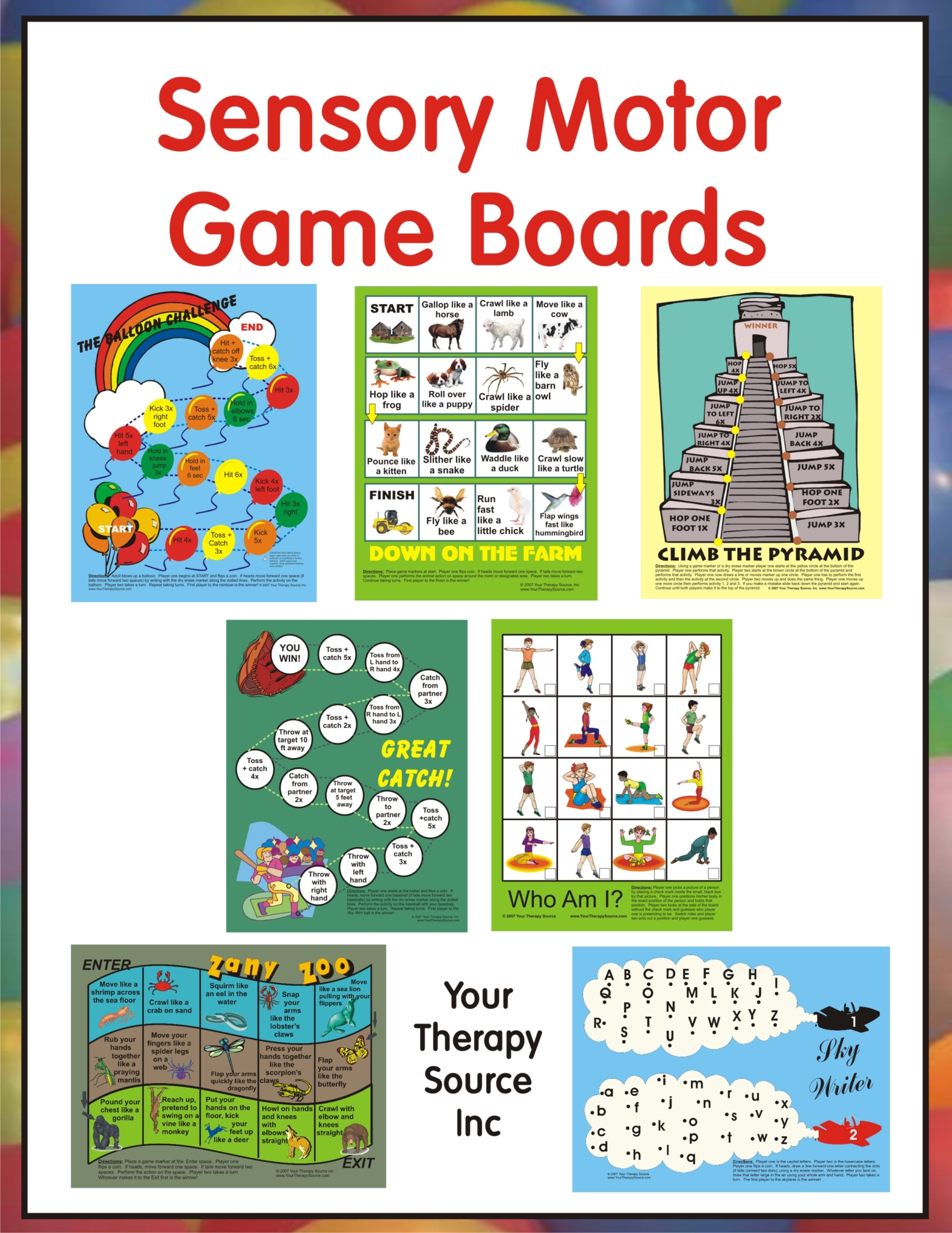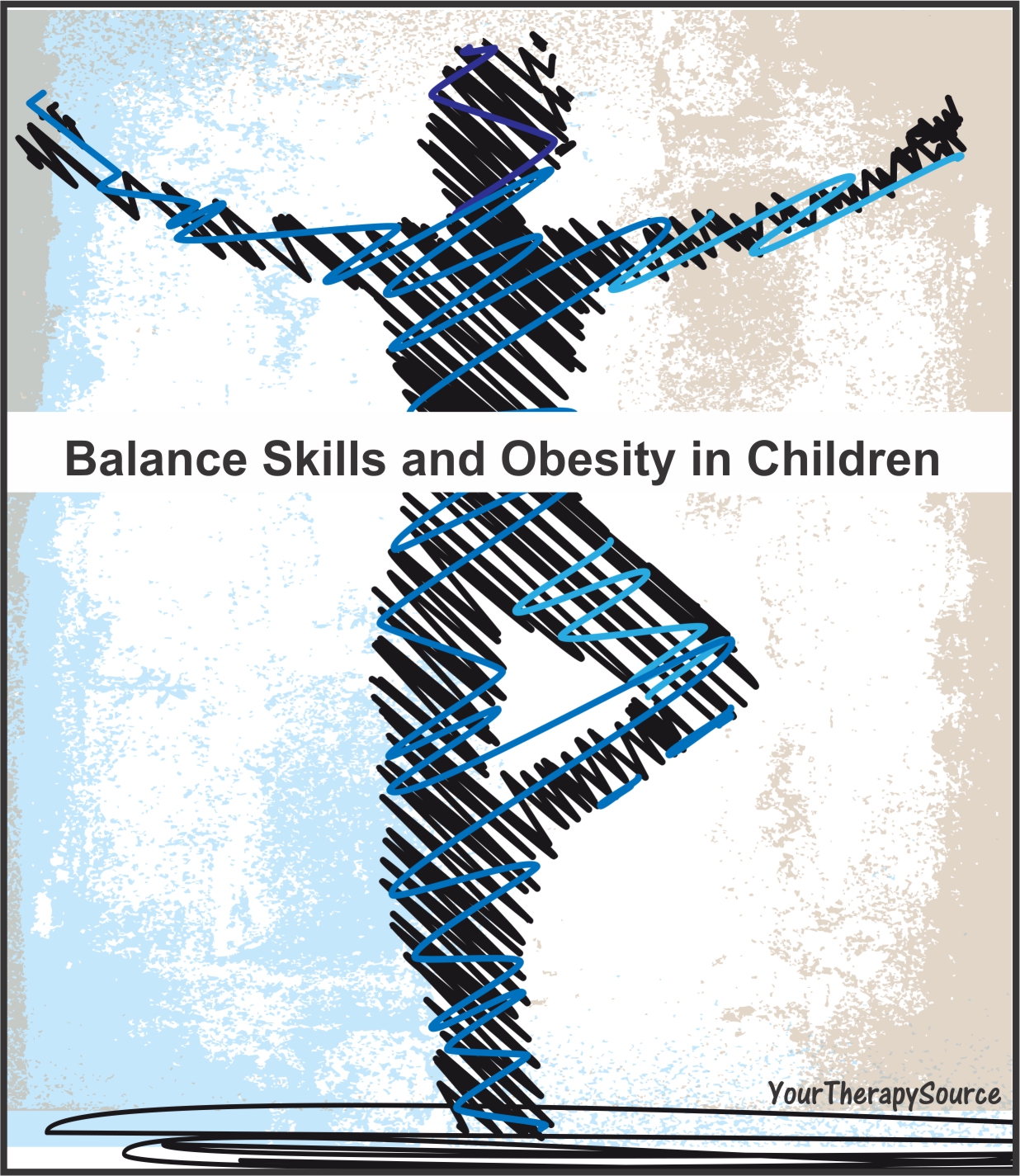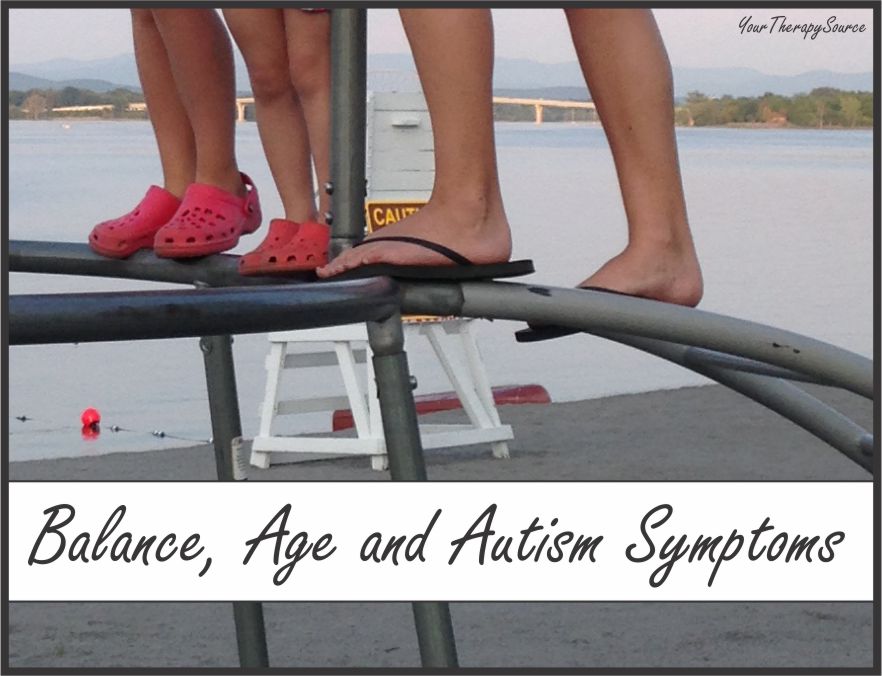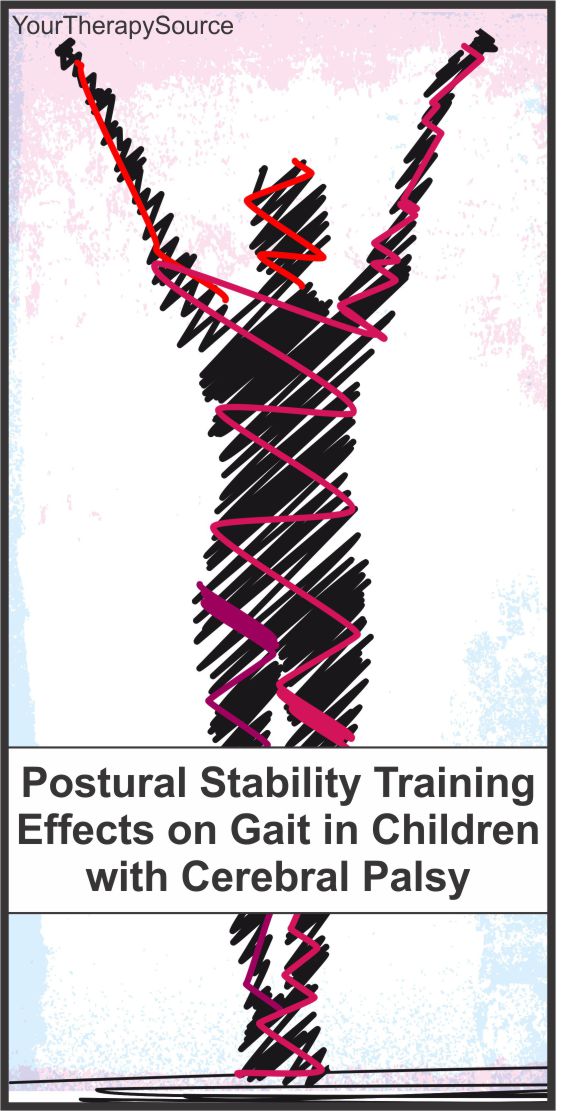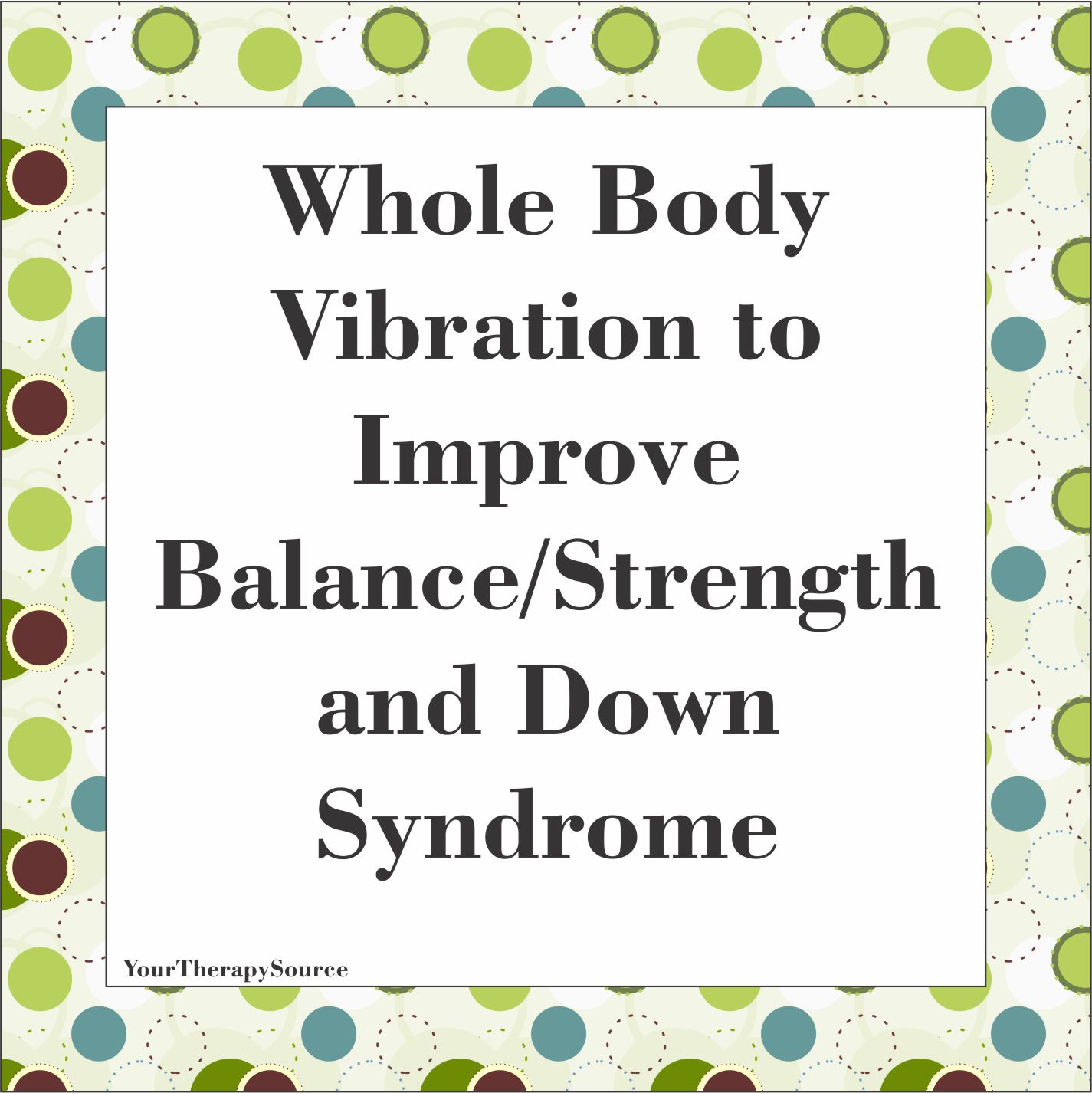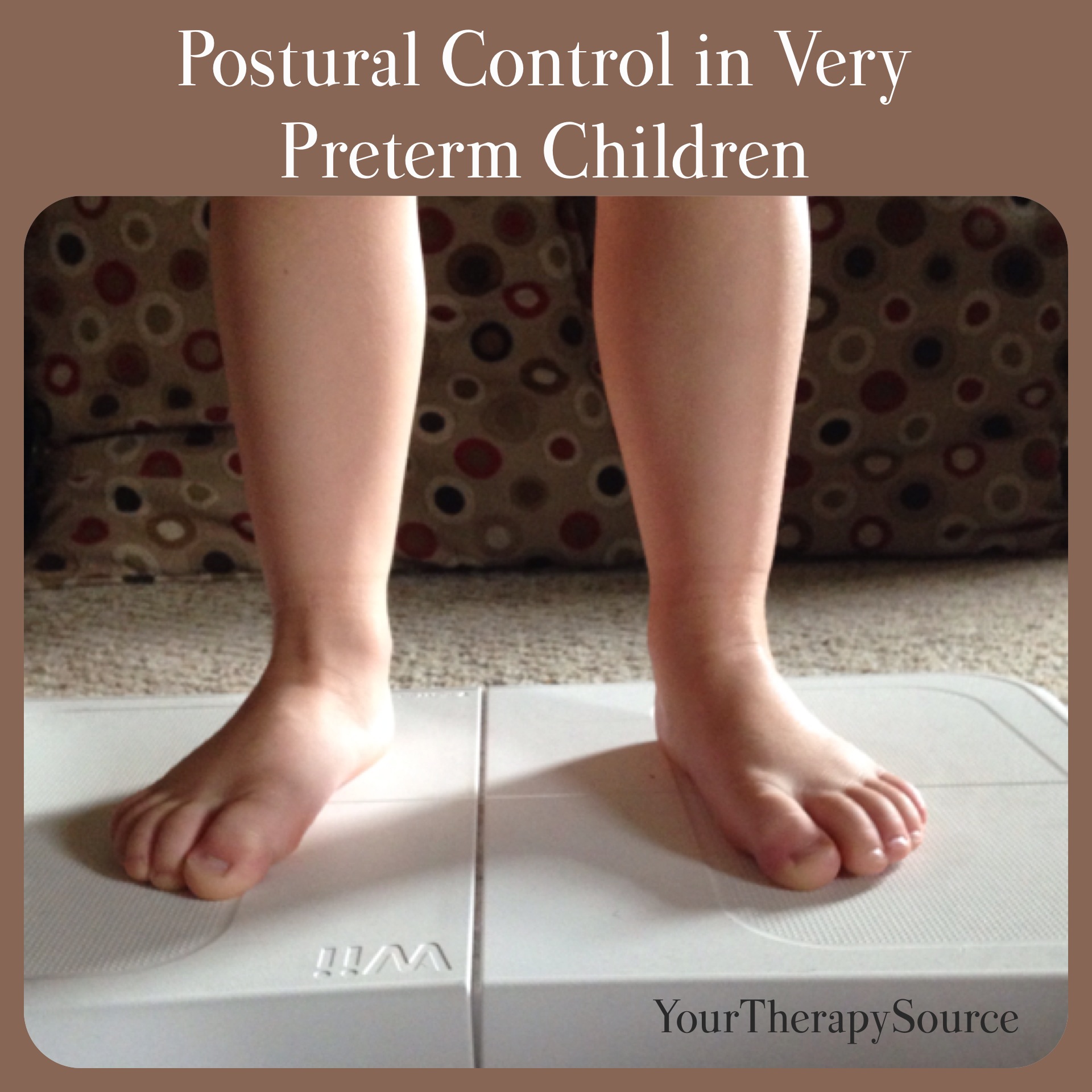Comparing Motor Impairments: Autism versus ADHD
The Journal of Autism and Developmental Disorders published research to examine the evidence regarding motor impairment specificity in autism spectrum disorder (ASD) and attention deficit/hyperactivity disorder (ADHD). It is difficult to determine if there is evidence for specificity of motor impairment within different clinical groups. For example, are certain motor impairments associated with specific diagnoses? Previous research indicates […]

